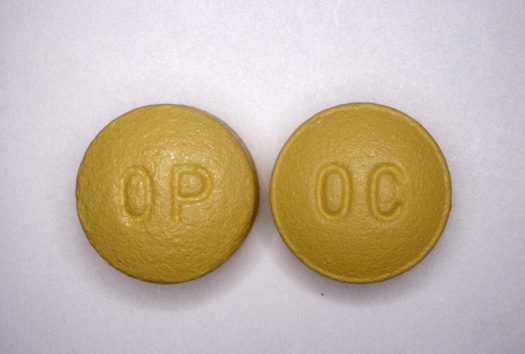

We may earn revenue from the products available on this page and participate in affiliate programs. Learn more ›
Doctors in Alabama give out almost three times as many opioid painkiller prescriptions as doctors in Hawaii. Doctors in the Northeast write more prescriptions for high-dose and long-acting opioids than anywhere else in the U.S. These numbers and more come from a survey that scientists from the U.S. Centers for Disease Control and Prevention recently analyzed. The survey couldn’t answer why doctors in some states prescribe opioids so much more often than others, but it does show some peculiar regional trends.
Opioid painkillers—a powerful class of medicines that includes oxycodone and fentanyl—can be important treatments for people with chronic pain. At the same time, some statistics indicate prescription opioids are the number-one cause of overdose deaths in the U.S., topping even the numbers of deaths associated with heroin and cocaine. (Although there’s certainly controversy about how you can tell whether somebody died of an overdose, or whether she happened to die with drugs in her body.) In any case, many people are worried that opioids are overused in the U.S., including certain doctors’ groups and government agencies.
Here’s a map showing states’ rates of overall opioid painkiller prescriptions. It shows the numbers of opioid prescriptions written in each state, per 100 people, in 2012. Some states have 100 prescriptions or more per 100 people. That’s because some people get more than one prescription over the course of a year. Many others may get none.
There are a lot of opioid prescriptions in the South:

Incidentally, other studies have found southern states give out the most antibiotic prescriptions and the most prescriptions for stimulants for kids as well.
Meanwhile, doctors in the Northeast and certain western states are more likely than doctors elsewhere to give their patients high-dose and long-acting opioids:


In a call for reporters, CDC Director Tom Frieden called the differences between states’ opioid prescribing rates “remarkable.” Agency officials think unnecessary prescriptions, along with a small number of fraudulent prescriptions, are to blame for the darkest-blue states: “That variability suggests to us that there’s a lot of overprescribing going on,” Frieden said.
The centers want high-prescribing states to bring down their numbers as a way to combat overdoses. A CDC scientist on the call, Leonard Paulozzi, pointed to previous agency research that found that states with the highest opioid sales also had the highest rates of opioid overdose deaths.
Among other strategies, Frieden suggested states beef up their prescription-monitoring programs so officials are able to see, in real time, when doctors prescribe unusual amounts of opioids. There’s sure to be debate about this. Many advocacy groups say it’s already too difficult for legitimate patients to get the painkillers they need. It’s possible over- and under-prescription are happening at the same time.
One thing is for sure. There’s just no national consensus among scientists and doctors about how opioid painkillers should be used.
